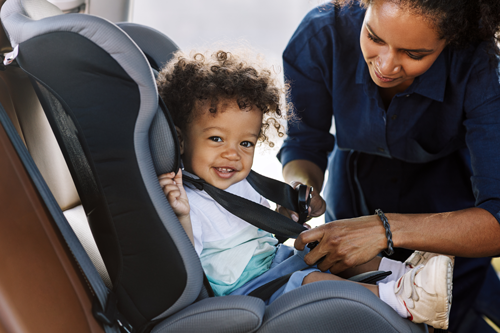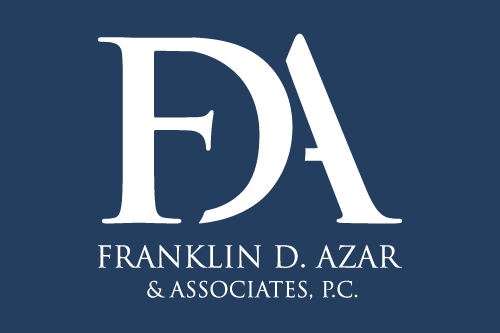The importance of child car seats and restraint systems while traveling can’t be overemphasized. Crashes on the road are the leading cause of preventable deaths and serious injuries of children in the United States. According to the nonprofit Safe Kids Worldwide, using the right child safety seat in the right way can reduce the risk of death by 71 percent.
Yet more than half of the child safety seats in autos aren’t installed correctly or are otherwise being used improperly, putting kids in jeopardy.
Here are some tips that every parent should review before bundling up your brood for a car trip. First, a disclaimer: there’s no one-size-fits-all solution, and no single bit of advice can take the place of consulting your vehicle owner’s manual and the directions provided by the car seat manufacturer. Our tips are intended as helpful guidelines, not a comprehensive safety manual.
DECISION ONE: FACING FRONT OR REAR?
Infants should be in a rear-facing car seat at least until the age of one year. The National Highway Traffic Safety Administration recommends keeping a child in a rear-facing seat until age three or as long as possible, “until he or she reaches the top height or weight limit allowed by your car seat’s manufacturer.” When the child outgrows the rear-facing seat, it’s time for a forward-facing, appropriately sized car seat with a harness and tether.
GETTING THE RIGHT FIT
Make sure the car seat is properly secured by the seat belt or lower anchors (but not both at the same time). Choose the appropriate weight and height range for the five-point harness and periodically check to make sure that it provides a snug fit. When it gets too snug, meaning your child has outgrown it, it’s time to consider a booster seat.
ABOUT THOSE BOOSTER SEATS
Kids riding in a belt-positioning booster seat in the rear passenger compartment are nearly half as less likely to be injured in a car crash than those who are using a seat belt alone. Many experts recommend booster seats for those between the ages of eight and twelve, at which time they are probably able to use just a seat belt. Like a car seat and harness, booster seats need to be properly fitted and secured, but the child should also be mature enough to stay in the booster seat throughout the trip.
THE REAR IS SAFER
The back seat is the safest place to ride for children under the age of thirteen. The risk of injury from an expanding air bag in the front compartment, for example, exceeds what children face in a crash if they are properly positioned and belted or tethered in the rear passenger compartment.
COMMON INSTALLATION MISTAKES
According to Nissan USA, the five most common child car seat installation problems are:
- Wrong harness slot used
- Improper positioning of the harness retainer/chest clip
- Loose child restraint system installation
- Loose harness strap
- Improper seat belt placement with booster seat
THE CAR ACCIDENT LAWYERS AT FDAZAR
For more than thirty years the attorneys at Franklin D. Azar & Associates have helped thousands of injured people obtain complete and timely compensation for their losses. Our proven track record and expertise have allowed us to grow into the largest personal-injury law firm in Colorado, with offices in Denver, Aurora, Thornton, Fort Collins, Greeley, Grand Junction, Colorado Springs, and Pueblo. If you’ve been injured in a bus, car, truck, bicycle, or motorcycle accident, you may be entitled to compensation. Please call the car accident attorneys at FDAzar day or night at 720-372-1162, or contact us here for a free consultation and no-obligation evaluation of your case.



